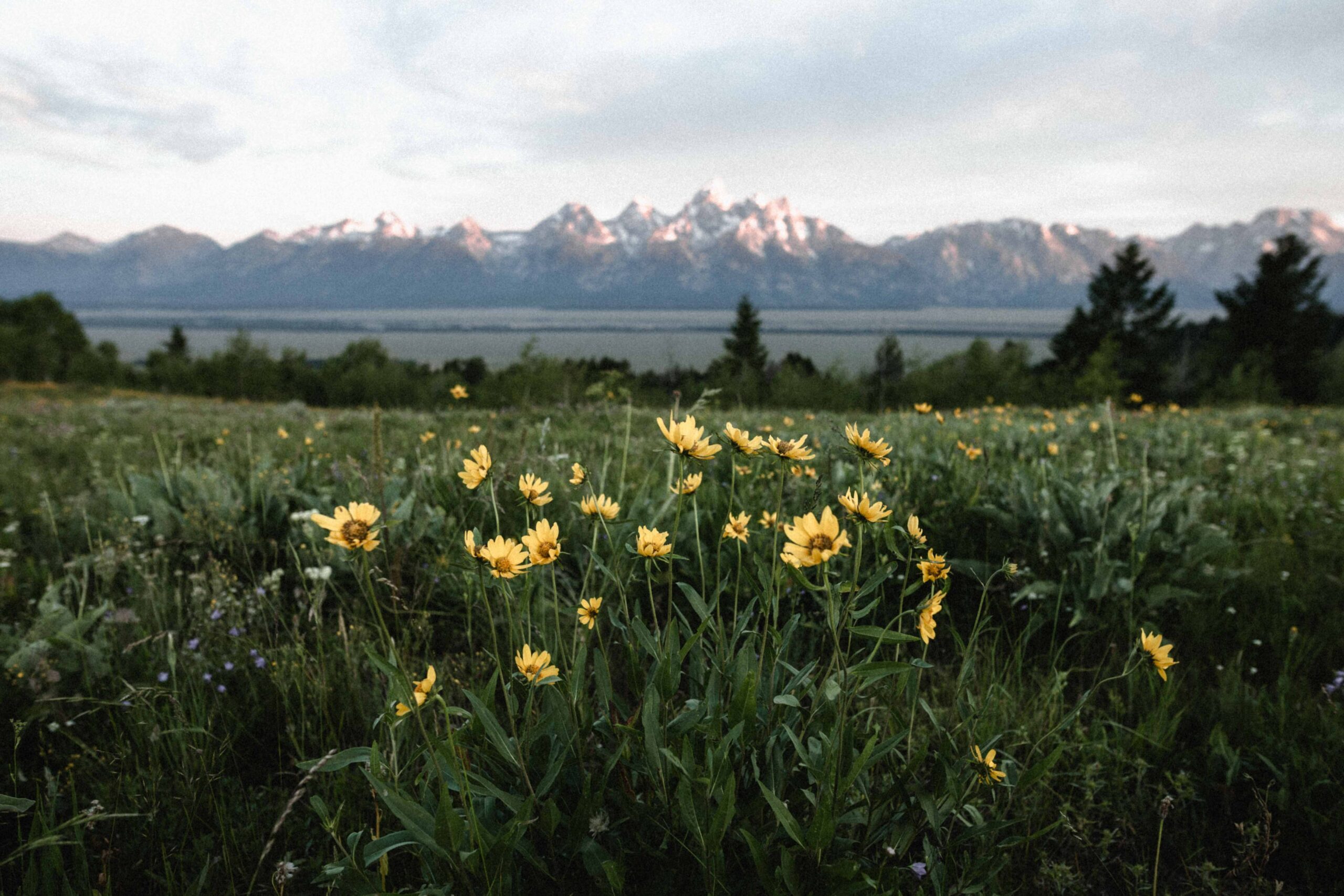
Exploring the Enchanting Land of Wyoming
A Journey Through Its Counties, Native American Reservations, Geologic Features, and Notable Towns
Wyoming, the Cowboy State, is a mesmerizing tapestry of breathtaking landscapes, rich cultural heritage, and vibrant communities. Nestled in the western United States, Wyoming offers an unparalleled blend of natural wonders, from soaring mountain ranges to vast plains, and is home to a diverse array of counties, Native American reservations, geologic features, and notable towns. Let’s embark on a captivating journey through this remarkable state.
Counties: Wyoming is divided into 23 counties, each with its own unique charm and character. These counties serve as the administrative units and are instrumental in preserving the state’s rich history. Here are some notable counties in Wyoming:
- Laramie County: Located in the southeast corner of the state, Laramie County is home to the capital city of Cheyenne, known for its vibrant western culture and the world-famous Cheyenne Frontier Days rodeo.
- Teton County: Situated in the northwest region, Teton County boasts the iconic Grand Teton National Park, Jackson Hole, and the town of Jackson, a gateway to both Grand Teton and Yellowstone National Park.
- Natrona County: Found in the central part of Wyoming, Natrona County is known for Casper, the state’s second-largest city, and its historical significance as a major hub during the early days of the oil industry.
Native American Reservations: Wyoming has several Native American reservations, where the rich heritage and traditions of indigenous tribes are celebrated and preserved. These reservations are vital centers of cultural identity and historical significance. Here are a few notable reservations in Wyoming:
- Wind River Indian Reservation: Located in west-central Wyoming, the Wind River Indian Reservation is the seventh-largest reservation in the United States. It is shared by the Eastern Shoshone and Northern Arapaho tribes, who have a rich history and cultural presence in the region.
- Fort Washakie Indian Reservation: Situated within the Wind River Indian Reservation, Fort Washakie is the administrative headquarters of the Eastern Shoshone Tribe. It is named after Chief Washakie, a revered leader of the Shoshone people.
Geologic Features: Wyoming’s rugged terrain showcases a plethora of remarkable geologic features, shaped over millions of years. From towering peaks to ancient rock formations, the state offers a geologist’s paradise. Here are some notable geologic features in Wyoming:
- Yellowstone National Park: Extending into Wyoming, Montana, and Idaho, Yellowstone National Park is renowned for its geothermal wonders, including the iconic Old Faithful geyser, colorful hot springs, and the awe-inspiring Yellowstone Caldera, one of the largest active volcanic systems on Earth.
- Devils Tower: Situated in northeastern Wyoming, Devils Tower is a striking rock formation that rises 1,267 feet above the surrounding landscape. It is a sacred site for several Native American tribes and is a popular destination for rock climbers and nature enthusiasts.
Notable Towns: Wyoming’s towns are the vibrant heart of the state, offering a blend of history, community, and natural beauty. While there are numerous notable towns, here are a few that capture the essence of Wyoming:
- Cody: Named after the legendary showman Buffalo Bill Cody, Cody is located in the northwest part of the state. It serves as a gateway to the eastern entrance of Yellowstone National Park and is known for its western heritage, including the Buffalo Bill Center of the West.
- Sheridan: Nestled in the scenic Bighorn Mountains in north-central Wyoming, Sheridan exudes charm with its historic downtown and outdoor recreational opportunities. The town hosts events like the Sheridan
WYO Rodeo, one of the oldest and largest rodeos in the country.
- Gillette: Situated in the northeastern part of Wyoming, Gillette is known as the “Energy Capital of the Nation” due to its proximity to vast coal reserves and the booming energy industry. It serves as a hub for outdoor enthusiasts, offering easy access to the stunning Bighorn Mountains and recreational activities like fishing and hiking.
- Rock Springs: Located in the southwestern region of the state, Rock Springs has a rich history tied to the coal mining industry. The town is known for its diverse cultural heritage, with a significant presence of Hispanic, Chinese, and European immigrant communities, which adds to its unique character.
- Lander: Nestled in the Wind River Mountains in central Wyoming, Lander is an outdoor enthusiast’s paradise. Surrounded by stunning landscapes, it offers opportunities for hiking, mountain biking, rock climbing, and exploring the nearby Sinks Canyon State Park.
- Casper: As the second-largest city in Wyoming, Casper serves as a bustling center for commerce and recreation. It is located along the North Platte River and offers a range of outdoor activities, including fishing, boating, and camping. Casper is also home to the National Historic Trails Interpretive Center, which commemorates the historic Oregon, California, Mormon Pioneer, and Pony Express Trails.
Wyoming’s counties, Native American reservations, geologic features, and notable towns collectively paint a vivid picture of the state’s diverse landscape and cultural heritage. From the towering peaks of the Teton Range to the geothermal wonders of Yellowstone National Park, and from the rich Native American traditions to the lively communities, Wyoming beckons travelers and residents alike to explore its enchanting beauty and immerse themselves in its captivating history.
